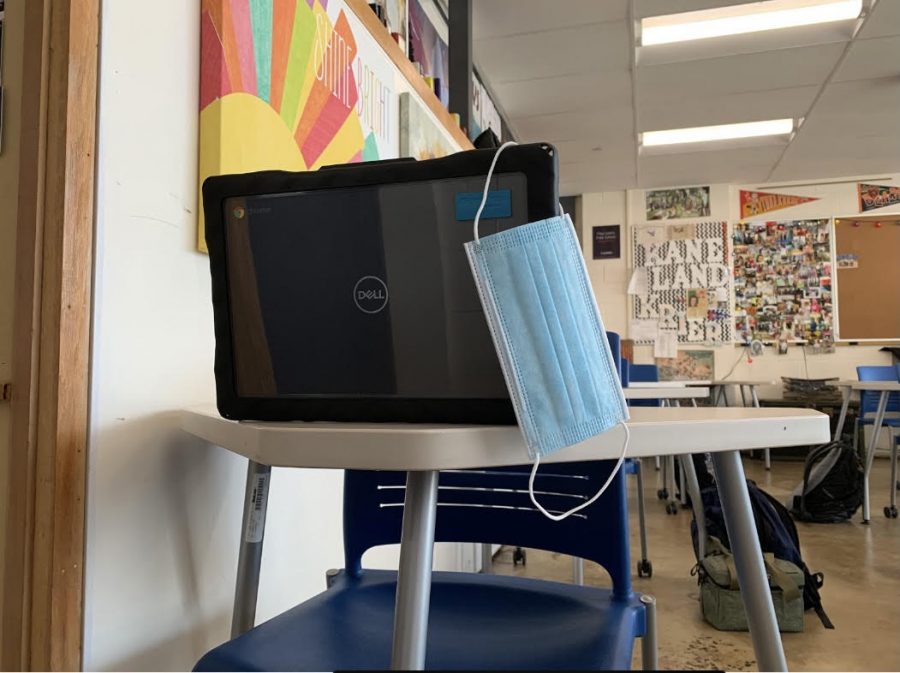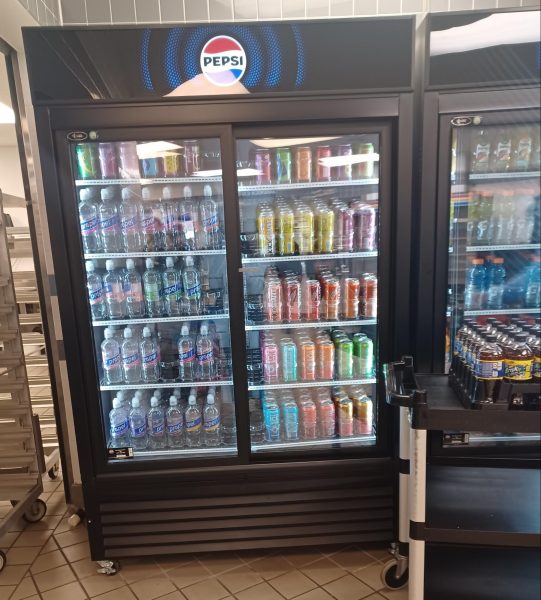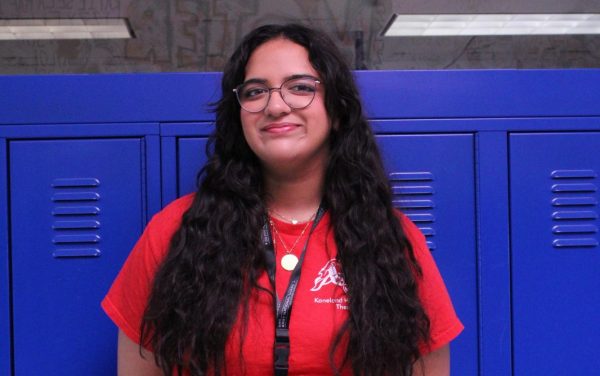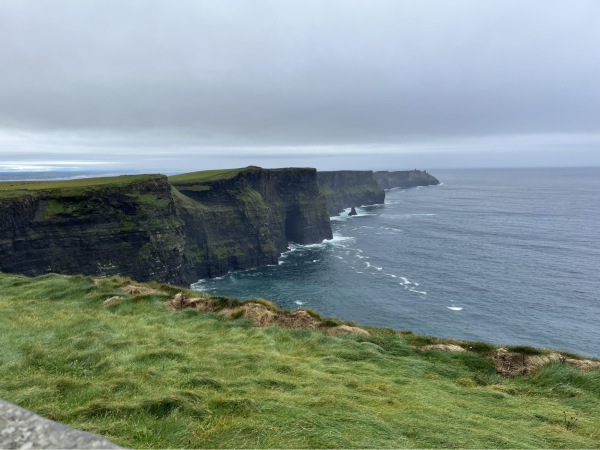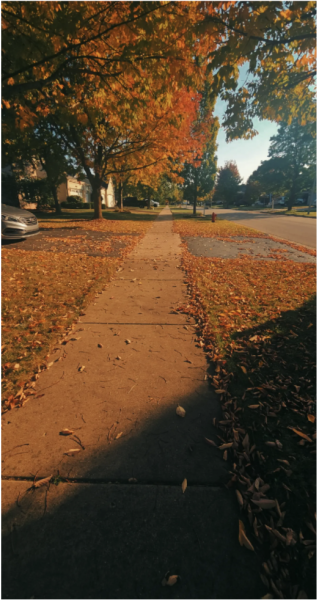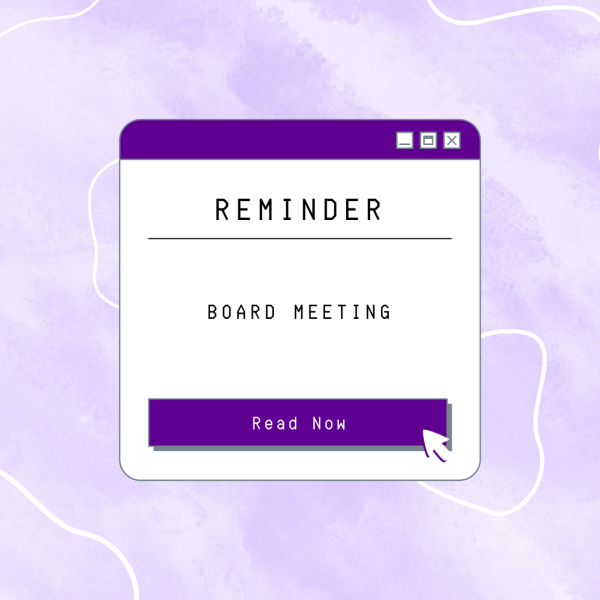Local Schools Return-to-Learn: Education Amid the Unprecedented
Photo By Travis Johnson
As schools around the country adapt to learning during the pandemic, many have taken different courses of action.
The past month of this school year has been anything but predictable. With the problem of the novel Coronavirus constantly looming, Kaneland and surrounding schools have each implemented their own specialized return-to-learn plans. However, the schools have also been presented with their own unique set of challenges as well.
Without the state government mandating that schools be operating on fully remote learning plans, as in the case of last spring, school districts are left largely on their own to make decisions for their respective schools.
But this year, many of the districts that are opting-in for entirely remote learning plans are finding themselves in a better position to handle the nature of online classes when compared to the spring. For others, like Kaneland, hybrids of in-person and remote plans try to maximize the amount of in-person learning for students while simultaneously trying to best protect the health of staff and students.
St. Charles School District 303, one of many districts that share a boundary with Kaneland, has implemented a remote learning plan for the vast majority of students. But if circumstances allow, that could be changing some time in the future for the district’s two high schools.
“We are working on transitioning from everybody at home in high school to [a plan] where half of students come each day,” assistant superintendent of District 303 Mark Moore said.
Sycamore High School, another school district neighboring Kaneland, has adopted its own remote plan. Similar to St. Charles, Sycamore is working on possibly incorporating a hybrid model in the future.
“It’ll take some work, but I think kids will be much happier that they have the opportunity to come to school for a while,” principal of Sycamore High School Tim Carlson said.
St. Charles and Sycamore high schools, both operating under primarily remote plans, have run into similar technical issues, which is to be expected when doing any task online.
“It’s really mostly technical problems more so than teaching or learning problems,” Moore said.
Kaneland’s hybrid plan, which the school has been operating under since the beginning of this school year, has had its own problems for teachers and administrators.
“I believe that the most difficult challenges that we have currently encountered is the planning for all of the logistics related to keeping students and staff safe and healthy during the pandemic. It has required many extra hours of administrative time,” associate superintendent of Kaneland District 302 Dr. Julie-Ann Fuchs said. “Fortunately, with a minimal number of positive cases so far, the extra time has been worth it to keep students in school.”
Although each different method of learning poses its own unique set of challenges, all strive to accomplish the same task: to maximize the educational impact on students while maintaining healthy and safe learning conditions.
“It’s not regular school, but students are learning, and that’s why we exist – for learning,” Moore said.


